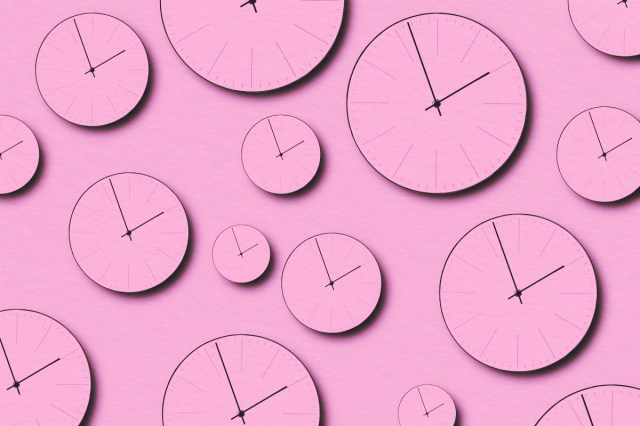7 Symbols on the Dollar Bill — and What They Mean
For most people, the only thing that matters about cash is the value printed on each bill and the total amount filling their wallets. But folks with a sharp eye and a little more time on their hands may notice the intricate design details on the various denominations. Along with the portrait of a famous statesman, U.S. currency features a potpourri of images that range from intriguing to downright mystifying.
Perhaps no bills pack a more befuddling display into an innocuous package than the $1 note. The humble dollar bill offers a rich tapestry of symbolism for those who take the time to examine the craftsmanship a little more closely. Here are the explanations behind seven of the dollar bill’s more perplexing elements.

Serial Numbers
To start with perhaps the least mysterious, the obverse (or front) of the bill features several numbers. The longer ones off to the top right and lower left of George Washington’s portrait are the serial number, with the first letter of each series identifying the Federal Reserve Bank that issued the note. That same letter appears in the middle of the Federal Reserve District seal, to the left of Washington, and also corresponds to the four numbers located near the number “1” at each of the four corners. For example, the Second Federal Reserve District is New York, so a $1 bill from that district would have a prominent “B” within the Federal Reserve District seal and at the front of the two serial numbers, as well as the number “2” near each of the four corners.”






















